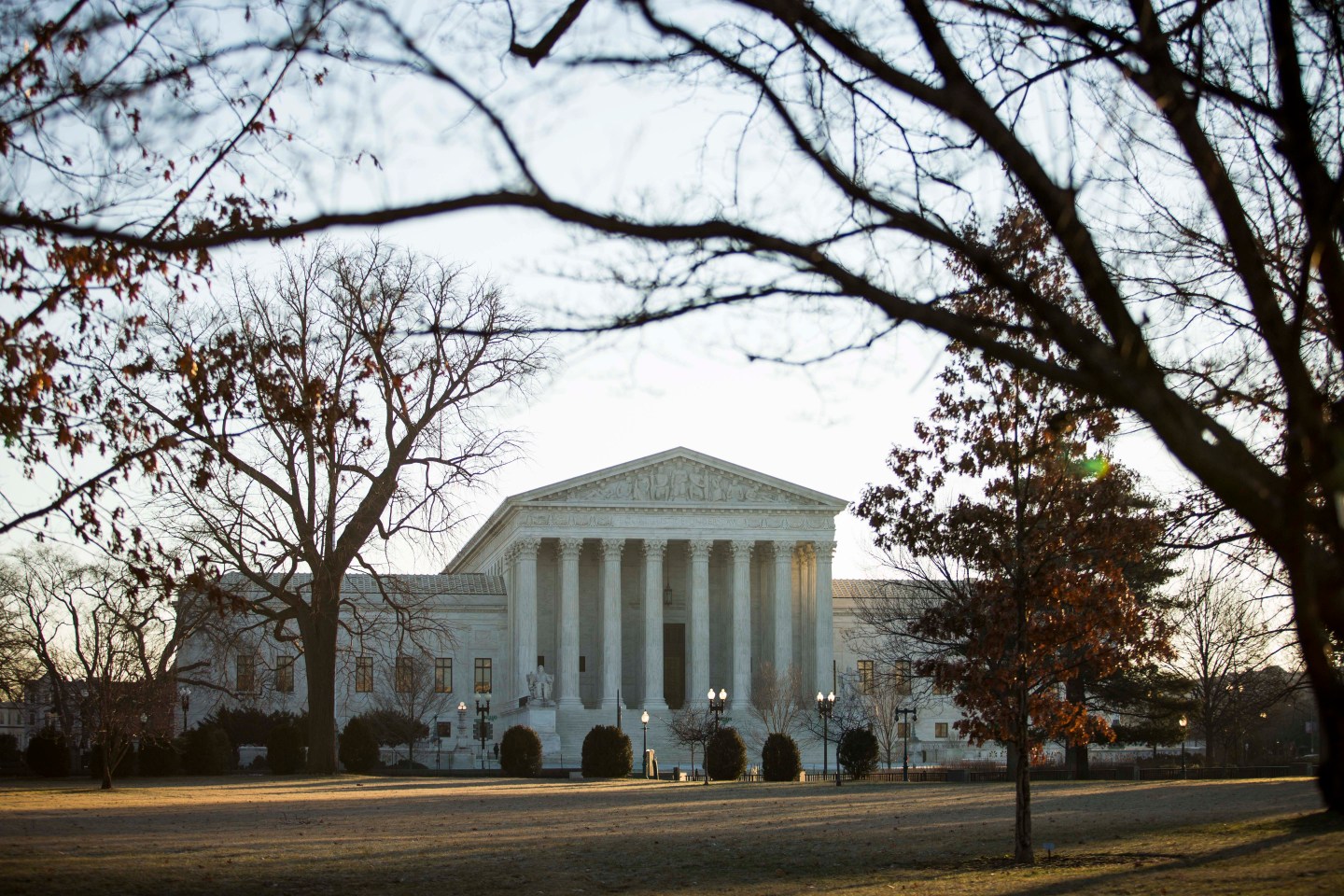For years, unions in the United States have been under threat from a dwindling manufacturing base and the proliferation of state “right-to-work laws,” which have restricted the organizations’ ability to collect member dues.
On Monday, organized labor—specifically public unions—face another major challenge, when the United States Supreme Court hears oral arguments in Friedrichs v. California Teachers Association.
The justices will devote 80 minutes—20 more than usual—to the case, which was brought by 10 teachers and an advocacy group, the Christian Educators Association, seeking to overturn a 39-year-old precedent for how public unions can collect dues from the non-union members that they represent.
The teachers are taking aim at a 1977 Supreme Court’s decision, Abood v. Detroit Board of Education, that says that a union that collectively bargains on behalf of public employees—some of whom are union members and some of whom aren’t—cannot collect dues from non-members that are used for political activity, but it can charge non-members “fair share” or “agency” fees to cover the cost of negotiating on their behalf.
The teachers, who are non-members of the CTA and disagree with the union’s positions, are basing their challenge to that precedent on the theory that collective bargaining by a public union counts as political activity because their salaries and benefits come from a public budget, and they should therefore be able to opt out of paying dues. In their petition asking the Supreme Court to hear their case, the teachers said that their union’s collective bargaining influences governmental decision-making. They said, “it is difficult to imagine more politically charged issues than how much money cash-strapped local governments should devote to public employees, or what policies public schools should adopt to best educate children.”
The justices will consider the teachers’ assertion that being forced to pay such fees constitutes compelled speech and violates their First Amendment rights.
On the flip side, the CTA and the State of California are asking the Supreme Court to keep the Abood precedent in place. They argue that the dues paid by non-members are essential to the union’s ability to negotiate on behalf of all its members, and that there’s little chance anyone would interpret non-members’ payment of dues as acquiescence to the union’s political leanings. The U.S. Government submitted a “friend of the court” brief supporting this stance.
In two similar cases in the past—Harris v. Quinn in 2014 and Knox v. Service Employees International Union, Local 1000 in 2012—the Supreme Court has hinted that the First Amendment bars obligatory union dues, which suggests that the justices will rule in the teachers’ favor. Such a decision would no doubt deal a blow to public unions by reducing their dues-paying pool to only those members and non-members who choose to contribute. A win for the teachers could also undermine organized labor altogether—private and public unions alike—since the labor movement is being increasingly propped up by government workers.
The total number of American workers represented by organized labor has shrunk from 18 million in 2000 (15% of all workers) to 16 million in 2014 (12% of all employed Americans). And unions’ influence has become more concentrated in government jobs even though the public workforce is one-fifth the size of private employment.

